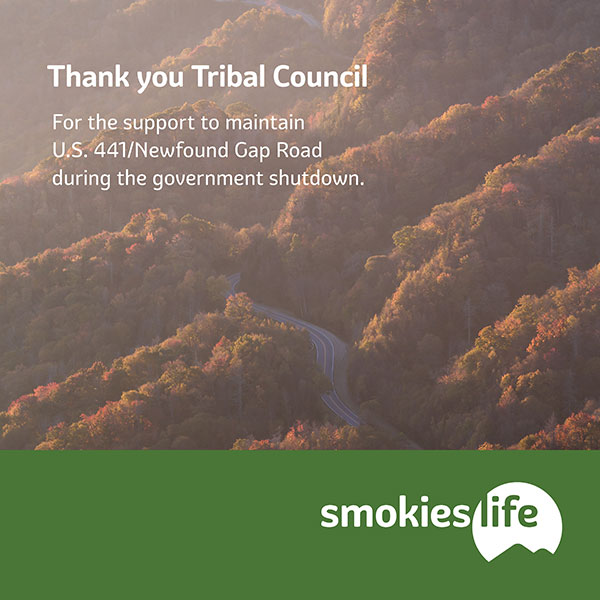By SCOTT MCKIE B.P.
ONE FEATHER STAFF
In an ongoing fight against substance abuse within the Eastern Band of Cherokee Indians, that some tribal leaders have called an epidemic, the Tribe will develop a Tribal Action Plan (TAP). During its regular session on Thursday, July 12, Tribal Council approved Res. No. 272 (2018) by a count of 11-0 (Rep. Boyd Owle absent) that calls for the development of the Plan which is “comprehensive prevention and treatment for opioids, alcoholism, and other substance use disorders”.
Principal Chief Richard G. Sneed spoke on the legislation, “This is an issue that’s going to require an holistic approach. It’s going to require a community approach.”
The legislation establishes a Tribal Coordinating Committee (TCC) with various organizations being represented including: Cherokee Indian Hospital Authority; Cherokee Central Schools; Cherokee Tribal Court; Cherokee Boys Club; Cherokee Indian Police Department; EBCI Public Health and Human Services; federal Office of Justice Programs; the federal Substance Abuse and Mental Health Services Administration; and area partners from community groups, youth groups, businesses, and faith-based and non-profit groups. A floor amendment was made and passed that added a tribal housing representative to the Committee.
According to the legislation, “…the Tribal Coordinating Committee will have full Tribal Council support with the authority to develop and implement a Tribal Action Plan for ongoing review and evaluation of the indicators and performance measures that will be key to providing information on the status of the community and the services provided under the Plan…”
Chief Sneed said, “What this is doing is bringing in that holistic approach – bringing in Cherokee Central Schools, Cherokee Indian Hospital Authority, PHHS (Tribe’s Public Health and Human Services), all of the key stakeholders that are necessary to combat this problem.”
He told Council of his plans to bring forward an initiative in Fiscal Year 2019 to work with Cherokee Central Schools to implement a K-12 preventive education program. “We discussed the other night at the Town Hall meeting the need for preventative care. We’re spending very little right now.”
The legislation was submitted by the Office of the Attorney General and the TAP Planning Committee including: Dr. Jennifer Thompson, Cherokee Central School Board; Cherokee Tribal Court Judge Shannon Swimmer; Shayna Williams, MSW; and Anita Lossiah, EBCI policy analyst.
Lossiah said herself and others on the Planning Committee recently attended a training session for the development of a TAP. “It was information for tribes on how to coordinate services, not only internally but also regionally, with the state and also federal agencies.”
She added, “All of these federal agencies already have money allocated to provide these types of services to tribes, but they can’t come tell us. They can’t come after us. They literally have third-party entities already paid to provide these services and because of tribal sovereignty, we have to go and ask for that help and assistance.”
The history of TAPs goes back to amendments made in the Tribal Law and Order Act of 2010 to the Substance Abuse Prevention and Treatment Act of 1986 which mandates federal partners to “cooperate with the Tribe in the development of a Tribal Action Plan to coordinate resources and programs relevant to alcohol and substance abuse prevention and treatment”.
Information from the Department of Justice states the purpose of TAPs as follows, “The TAP provides an opportunity for federally recognized tribes to take a proactive role in the fight against alcohol and substance abuse in their communities by (1) identifying existing strengths and resources that has helped the Tribe overcome past challenges; (2) assessing their needs and resources relative to alcoholism, addiction, and substance abuse prevention and treatment activities; (3) coordinating available resources and programs in an effort to combat alcohol and substance abuse among its members; (4) identifying gaps in service; (5) working with the community to identify urgent or emerging addition issues; (6) assisting in the development of a comprehensive strategy to prevent and reduce alcoholism, addiction, and alcohol and substance abuse in the community; (7) updating TAPs every two years; and (8) establishing a Tribal Coordinating Committee at the local level.”





